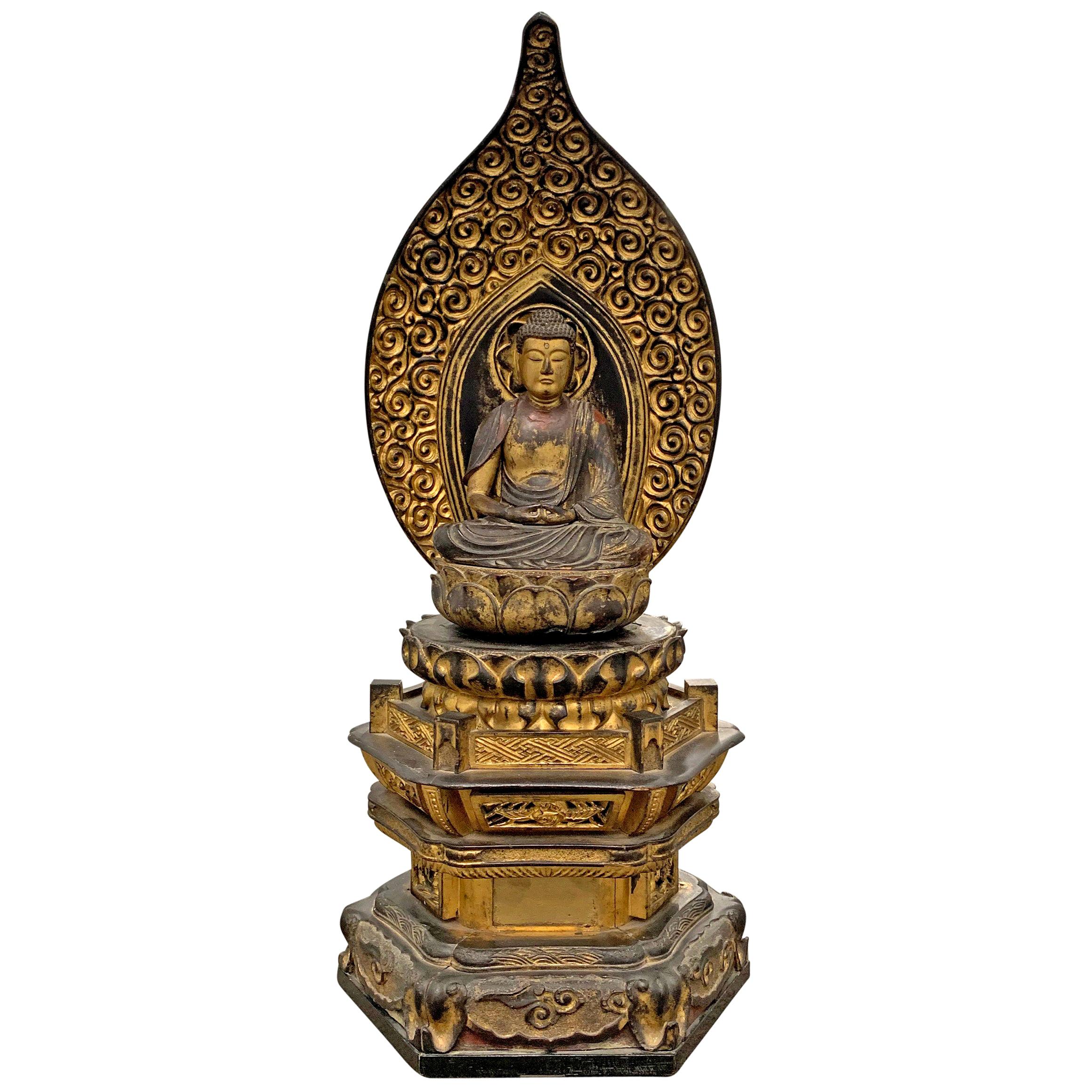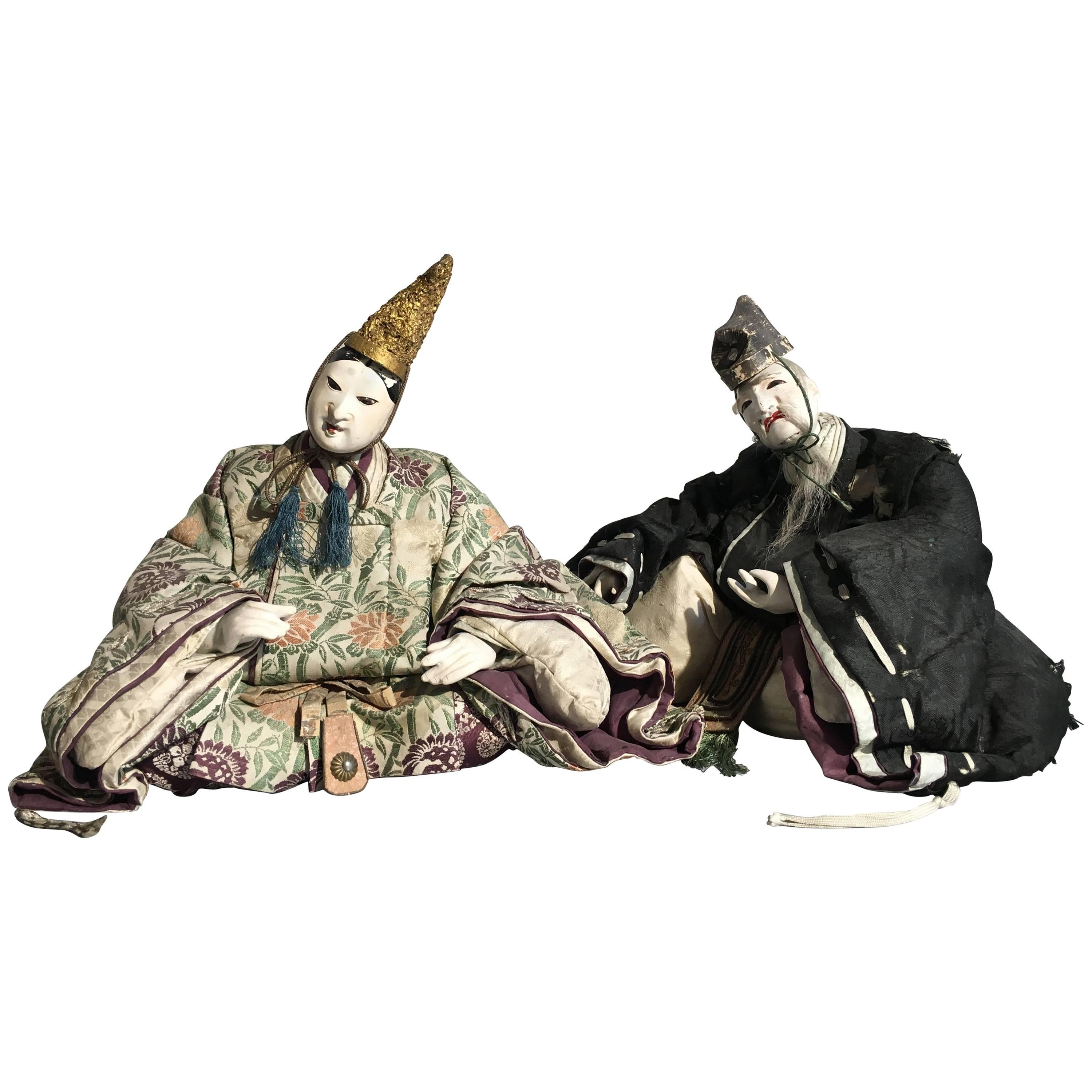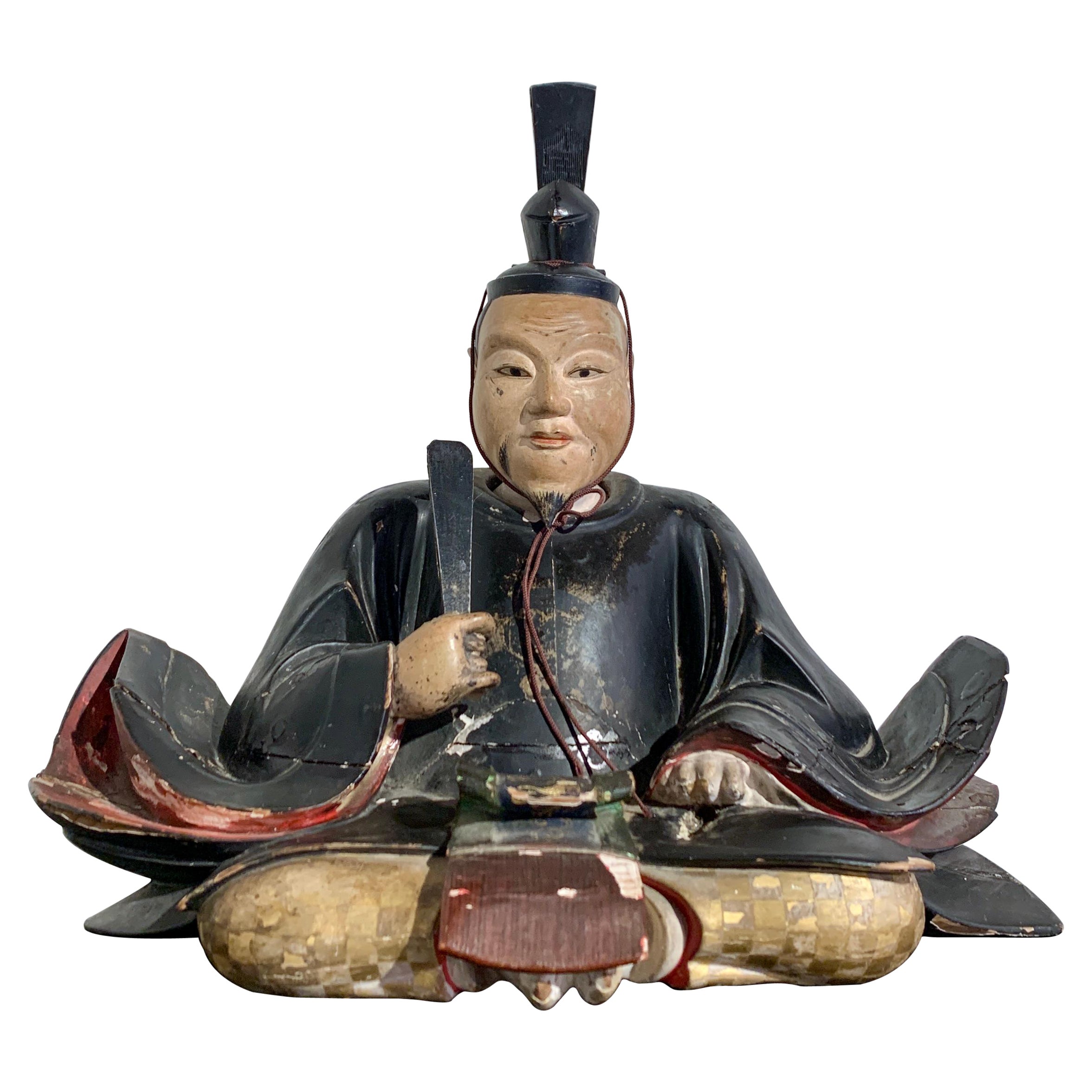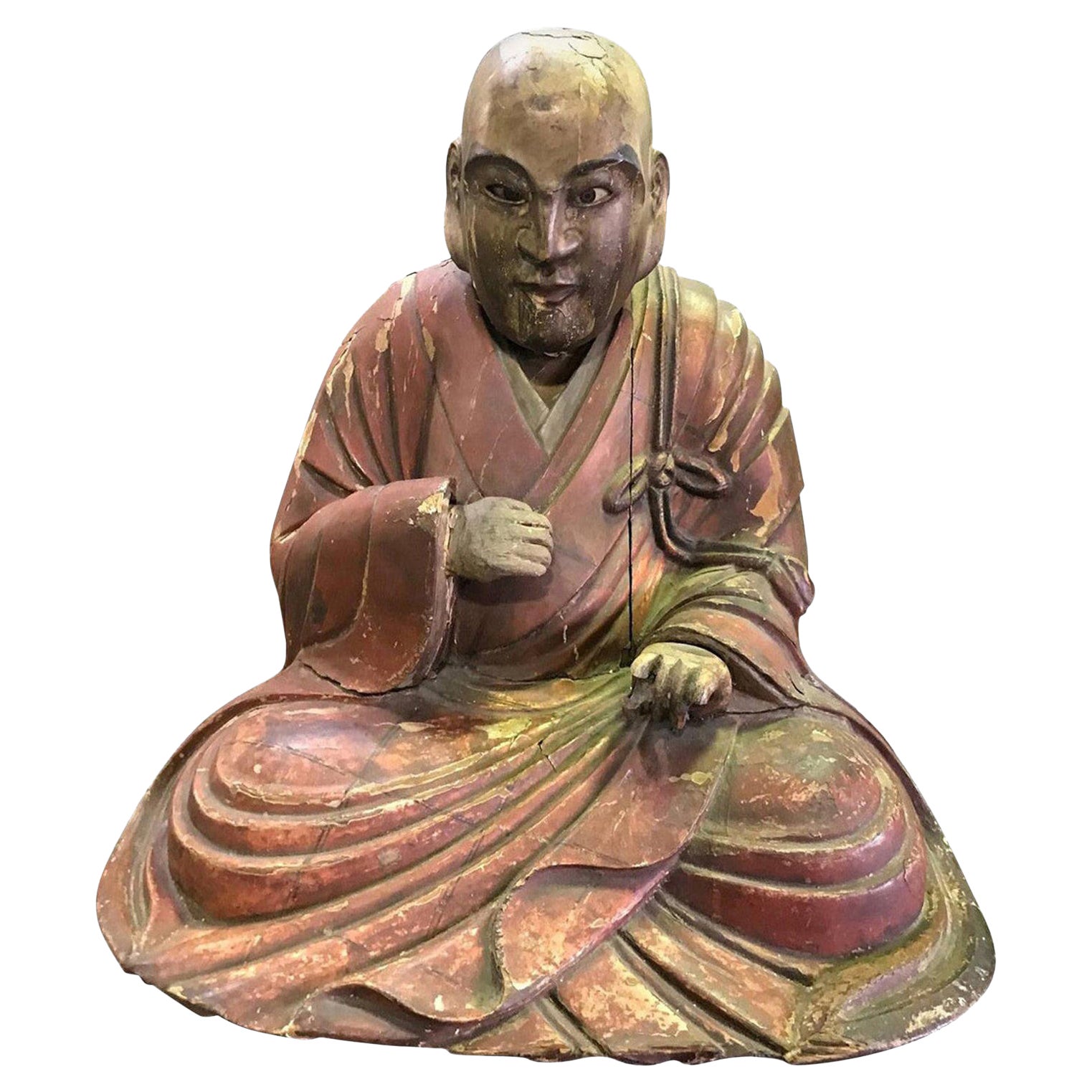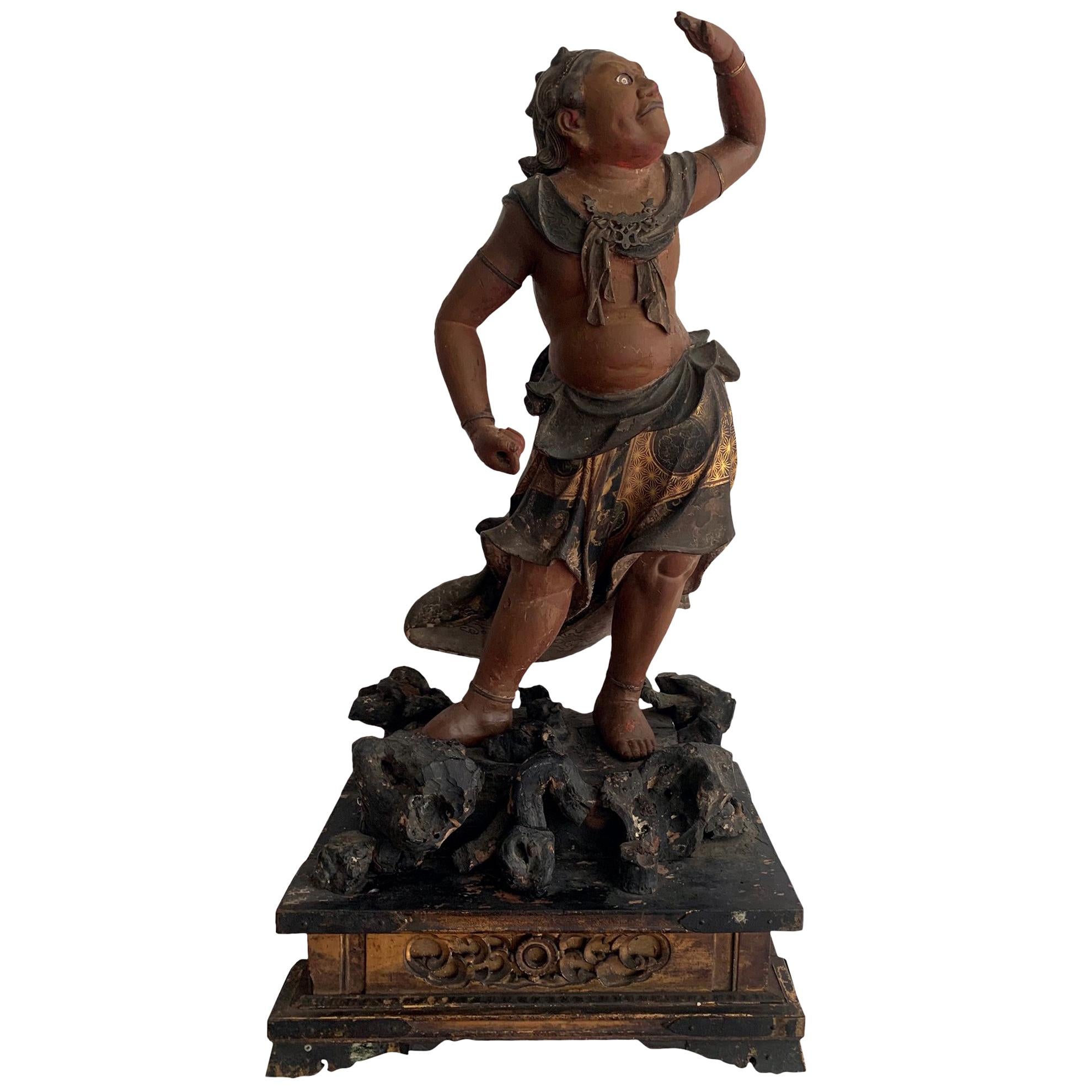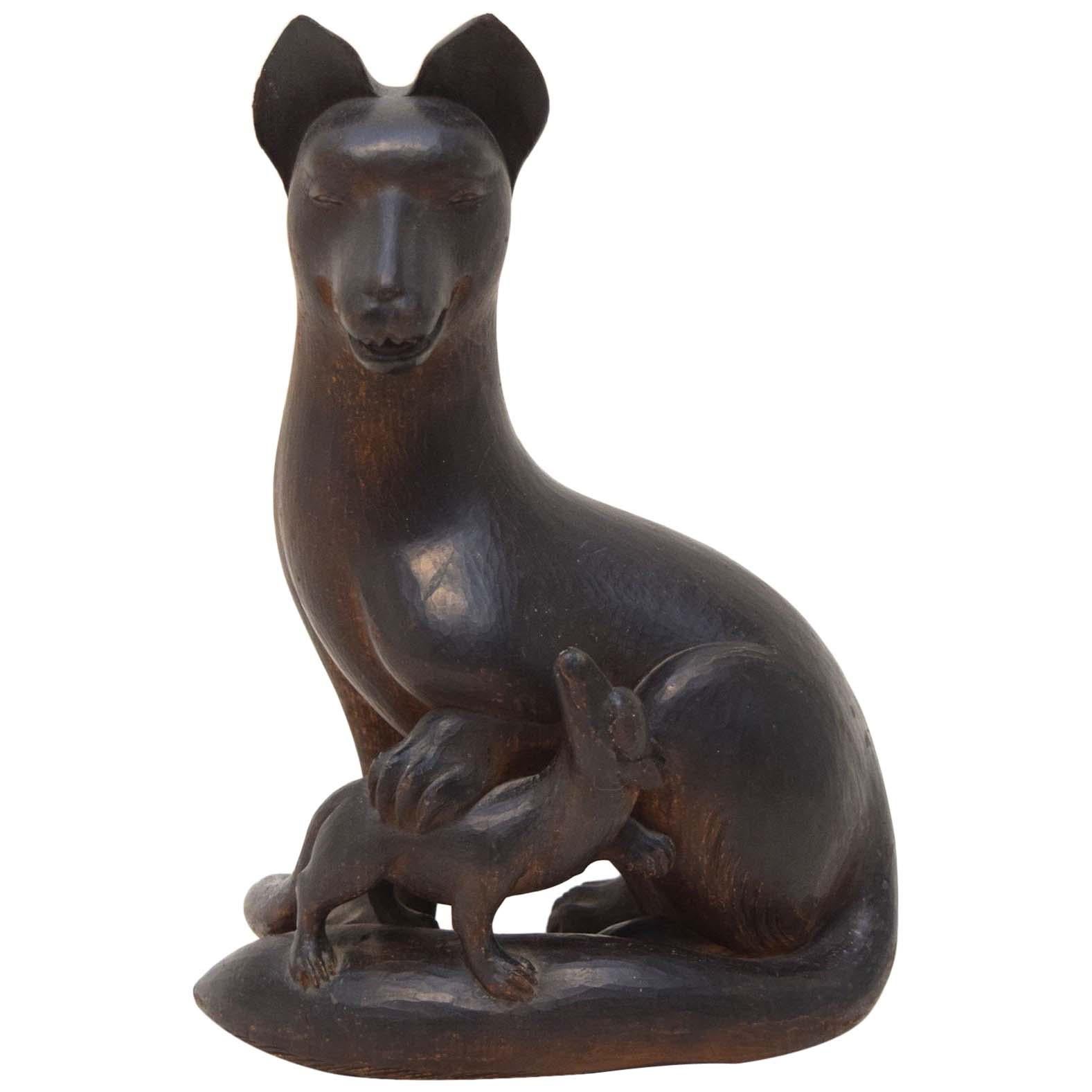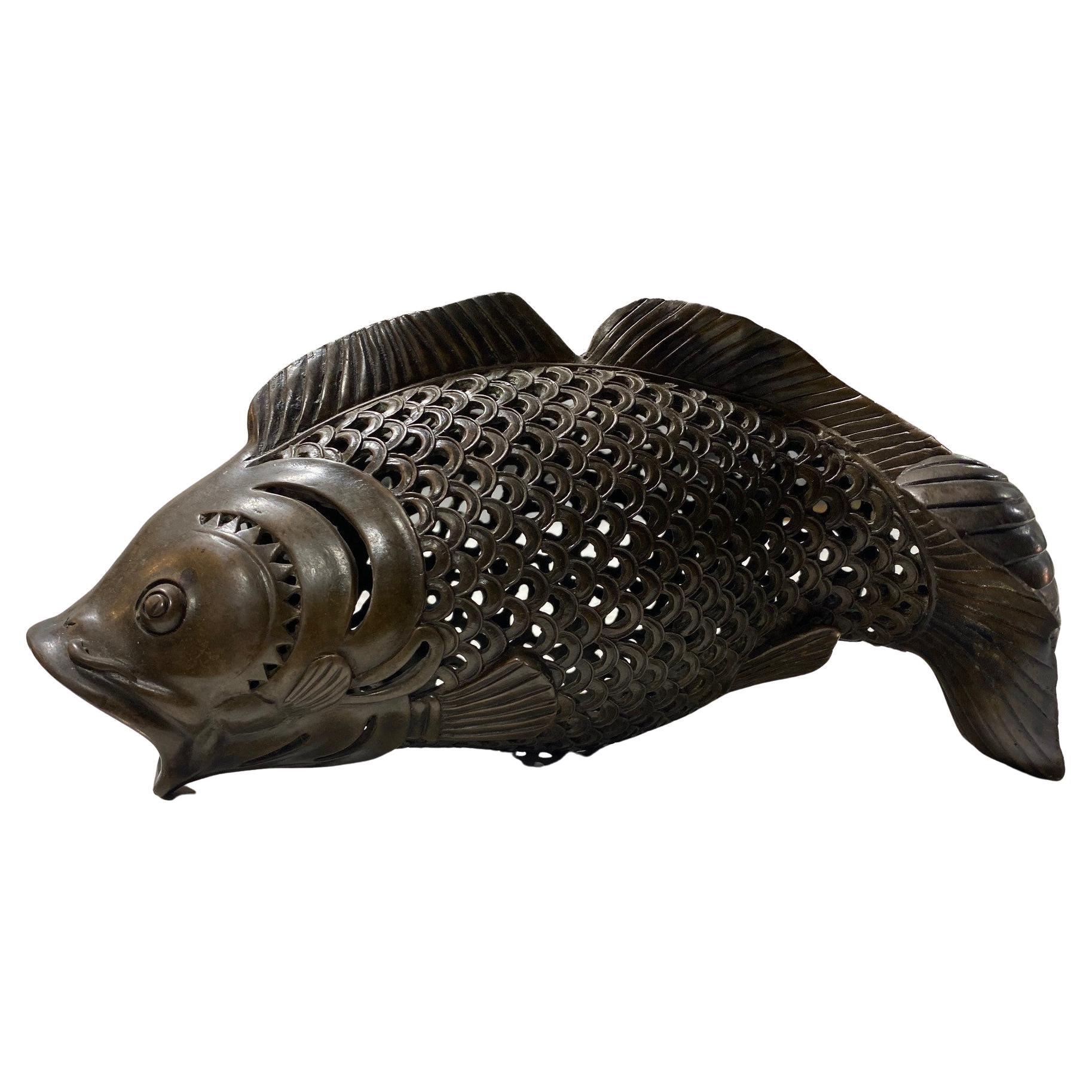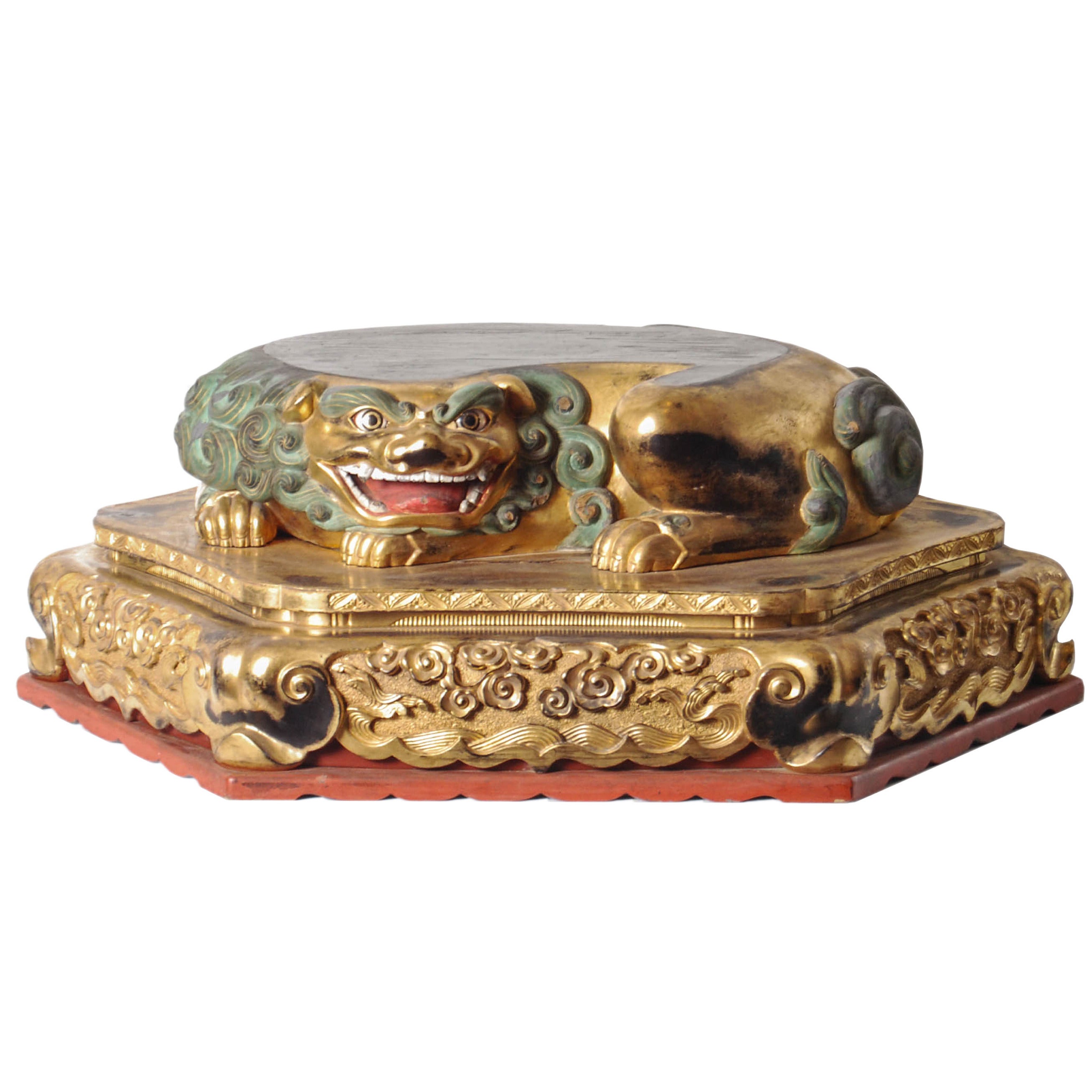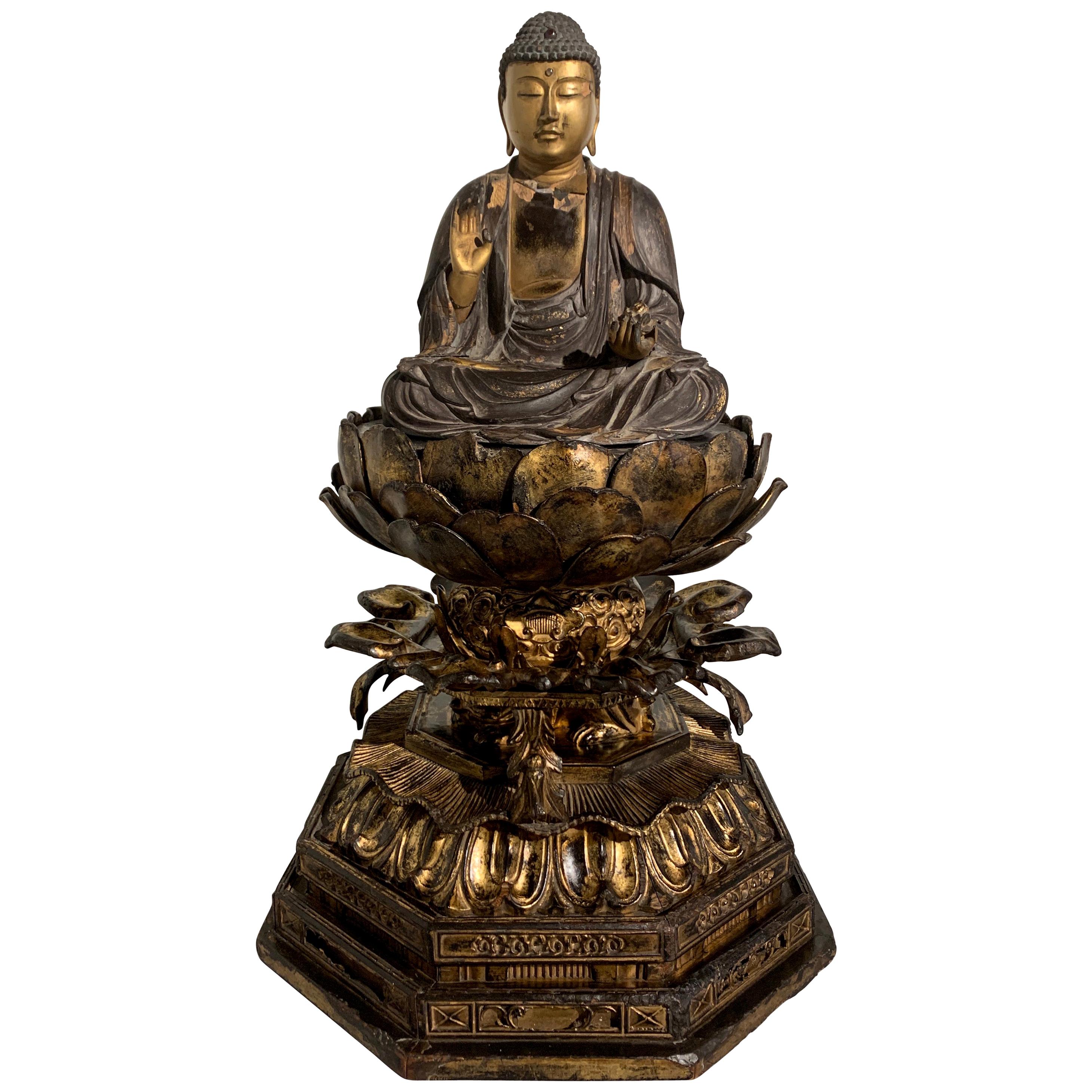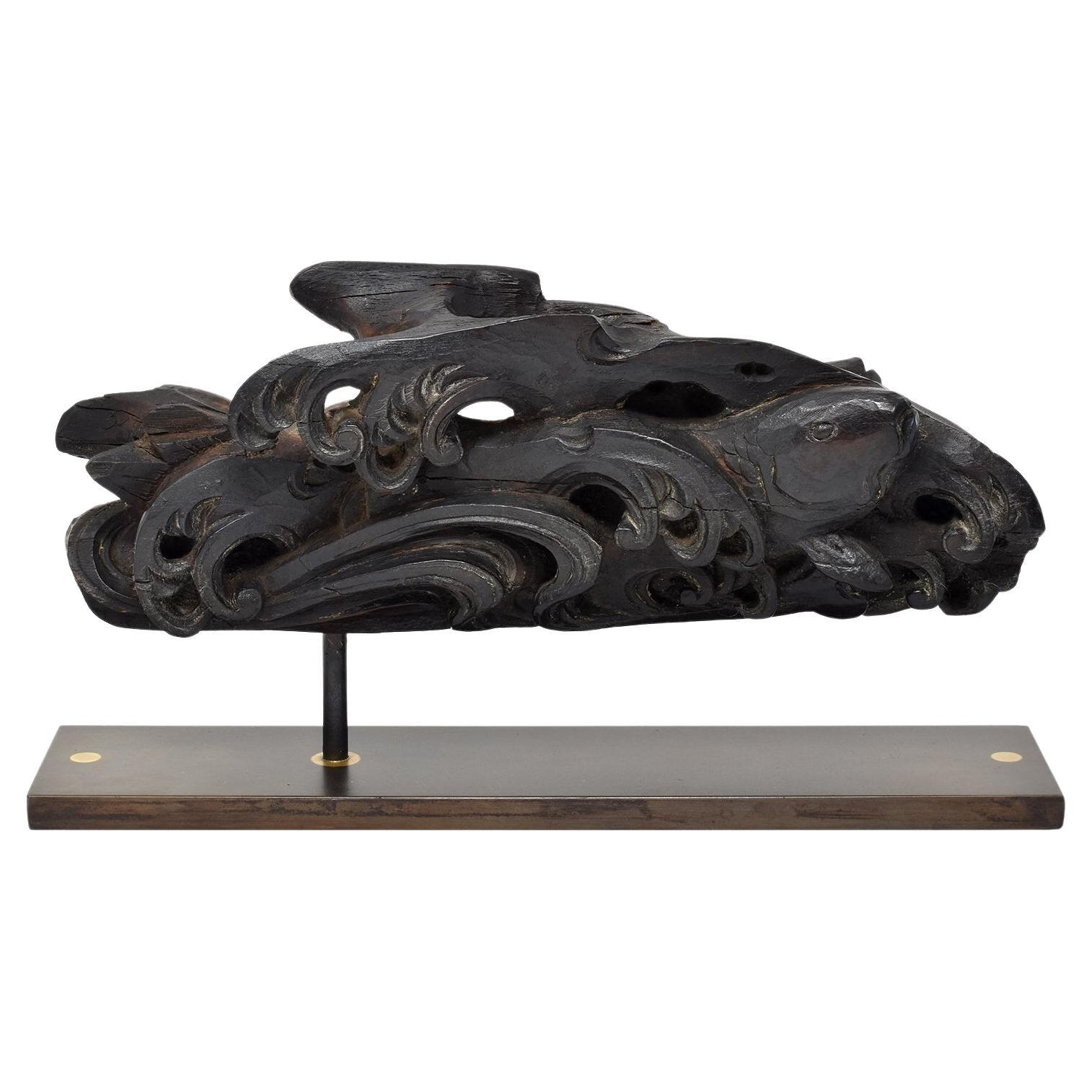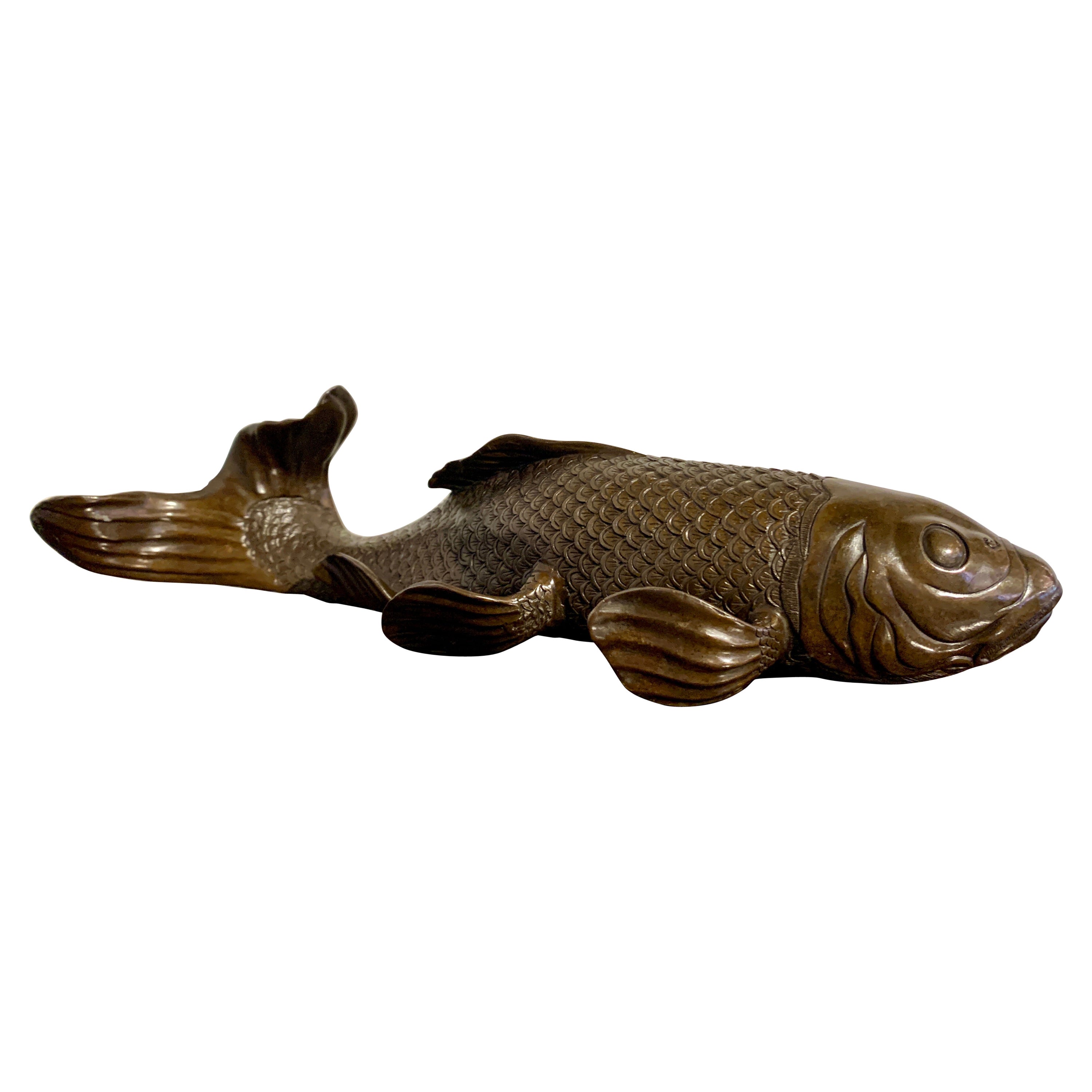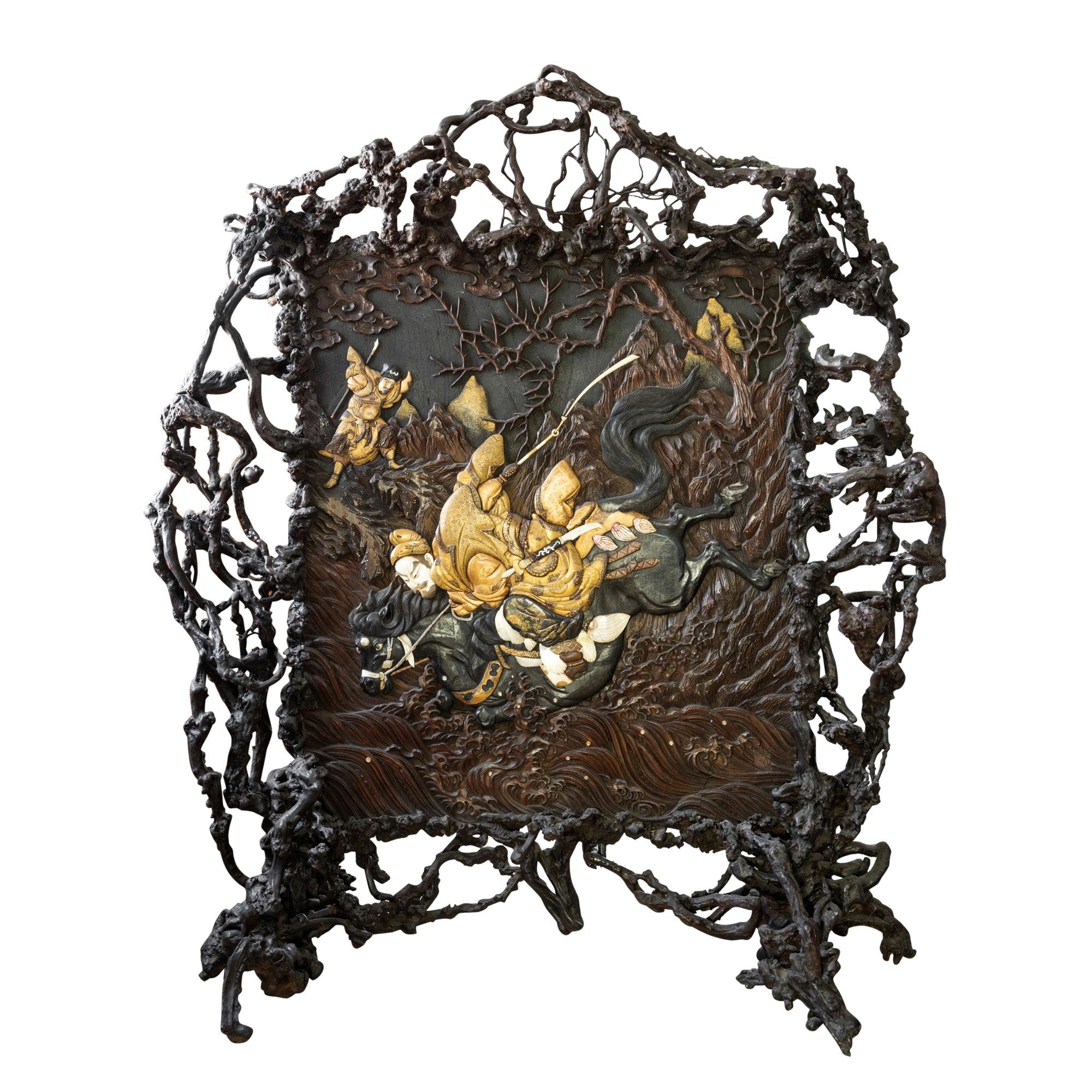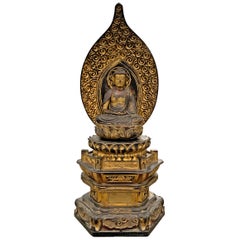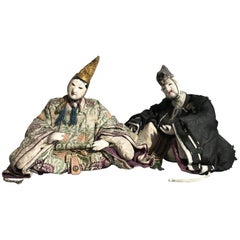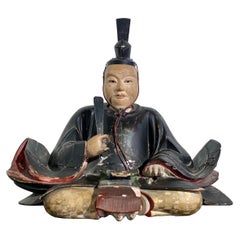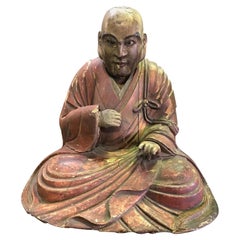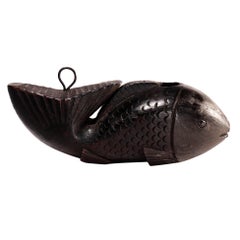
Japanese Yokogi, a Fish Shaped Fulcrum, Edo Period
View Similar Items
1 of 9
Japanese Yokogi, a Fish Shaped Fulcrum, Edo Period
About the Item
- Dimensions:Height: 5.88 in (14.94 cm)Width: 14.75 in (37.47 cm)Depth: 4 in (10.16 cm)
- Style:Edo (Of the Period)
- Materials and Techniques:
- Place of Origin:
- Period:
- Date of Manufacture:circa 1800
- Condition:Wear consistent with age and use.
- Seller Location:New York, NY
- Reference Number:Seller: NG750331stDibs: LU4546217159742
Authenticity Guarantee
In the unlikely event there’s an issue with an item’s authenticity, contact us within 1 year for a full refund. DetailsMoney-Back Guarantee
If your item is not as described, is damaged in transit, or does not arrive, contact us within 7 days for a full refund. Details24-Hour Cancellation
You have a 24-hour grace period in which to reconsider your purchase, with no questions asked.Vetted Professional Sellers
Our world-class sellers must adhere to strict standards for service and quality, maintaining the integrity of our listings.Price-Match Guarantee
If you find that a seller listed the same item for a lower price elsewhere, we’ll match it.Trusted Global Delivery
Our best-in-class carrier network provides specialized shipping options worldwide, including custom delivery.You May Also Like
Edo Period Japanese Bodhisattva Shrine
Located in Chicago, IL
An incredible Edo Period Japanese gilt and lacquered carved wood shrine depicting a Bodhisattva with piercing glass eyes, a contemplative expression, and h...
Category
Antique Early 1800s Japanese Japonisme Sculptures and Carvings
Materials
Giltwood, Lacquer, Wood
Pair of Japanese Edo Period Musha Ningyo Courtier Dolls
Located in Austin, TX
Two exquisite Japanese musha ningyo dolls, crafted as courtiers, Edo Period, early 19th century, Japan.
The older man can be identified as the h...
Category
Antique Early 19th Century Japanese Edo Sculptures and Carvings
Materials
Shell, Brocade, Silk, Glass, Wood, Paint, Paper
Japanese Carved and Lacquered Wood Shogun, Edo Period, 19th Century, Japan
Located in Austin, TX
An unusual Japanese carved wood, lacquer, and gilt decorated portrait sculpture of a shogun, Edo Period, early 19th century, Japan.
The unidentified shogun (possibly Tokugawa Iey...
Category
Antique Mid-19th Century Japanese Edo Sculptures and Carvings
Materials
Wood, Lacquer
Japanese Wood Carved Polychrome Sculpture of a Seated Temple Monk, Edo Period
Located in Studio City, CA
This is truly a wonderful piece with clear age and a nice patina to it. Very unique. We have not seen another quite like it. The monk appears to have glass eyes which gives his expression a very humanistic feel. The head is removable (please see the last image).
From a collection of Japanese arts and artifacts. Most likely dates back to the Edo period.
Would make for a nice addition to any Japanese or Asian artifacts...
Category
Antique 18th Century Japanese Edo Sculptures and Carvings
Materials
Wood, Lacquer
Japanese Lacquered and Gilt Wood Buddhism Statue from Edo Period
Located in Atlanta, GA
An exceptional and wood statue of Buddhism Guardian Seitaka Doji from Japan circa Edo period (1603-1868), likely the earlier part of 17th century. One of two chief attendants of Fudou Myouou (the other being Kongara Doji), the name of Seitaka Doji is a transliteration of Sanskrit "Cetaka", meaning servant, slave, and he is said to personify expedient action. He is most commonly found on the right side of Fudou, together with Kongara Doji on the left, forming the Immovable triad, Fudou Sanzon, the terror of evil doers. Seitaka largely adheres to the iconography of a wrathful youth with fleshy body and face, skin in the color of a red lotus, has his hair tied in five knots, and holds a vajra in his left hand and a vajra-club in his right hand, but the actual artistic representations of him in Japan do...
Category
Antique 17th Century Japanese Japonisme Sculptures and Carvings
Materials
Metal
Kitsune from the Edo Period
Located in New York, NY
According to Japanese folklore the fox, or kitsune, can assume human form to protect and trick humble country folk. Dating to the 18th century, this fox protects its own pup. Carved ...
Category
Antique 18th Century Japanese Sculptures and Carvings
Materials
Wood
